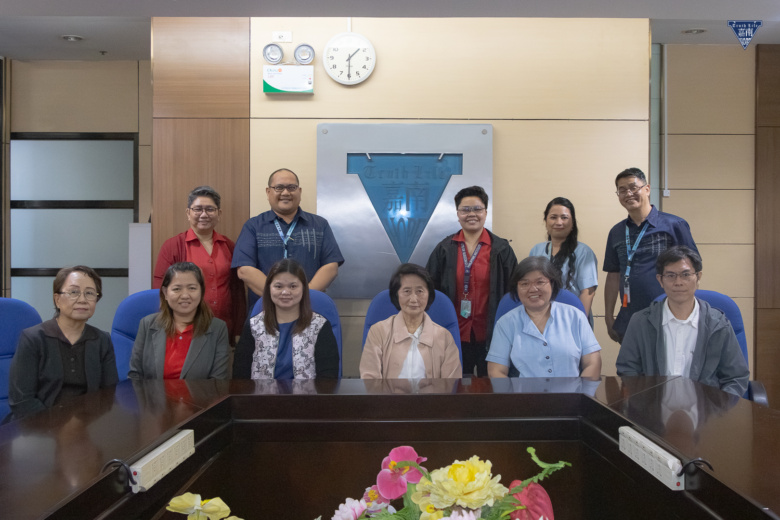Hope.exe: Optimizing EdTech Updates
Can you feel it in the air? STEAM Week is just around the corner! In the coming weeks, we will celebrate the showcase of science, technology, arts, and mathematics, but do we really need to wait? The spirit of STEAM Week is already part of our daily Hopean lives. Through a campus visit, the Board of Trustees, Principal, and Science and Math teachers of Philippine Institute of Quezon City (PIQC) witnessed how technology is integrated in our school.
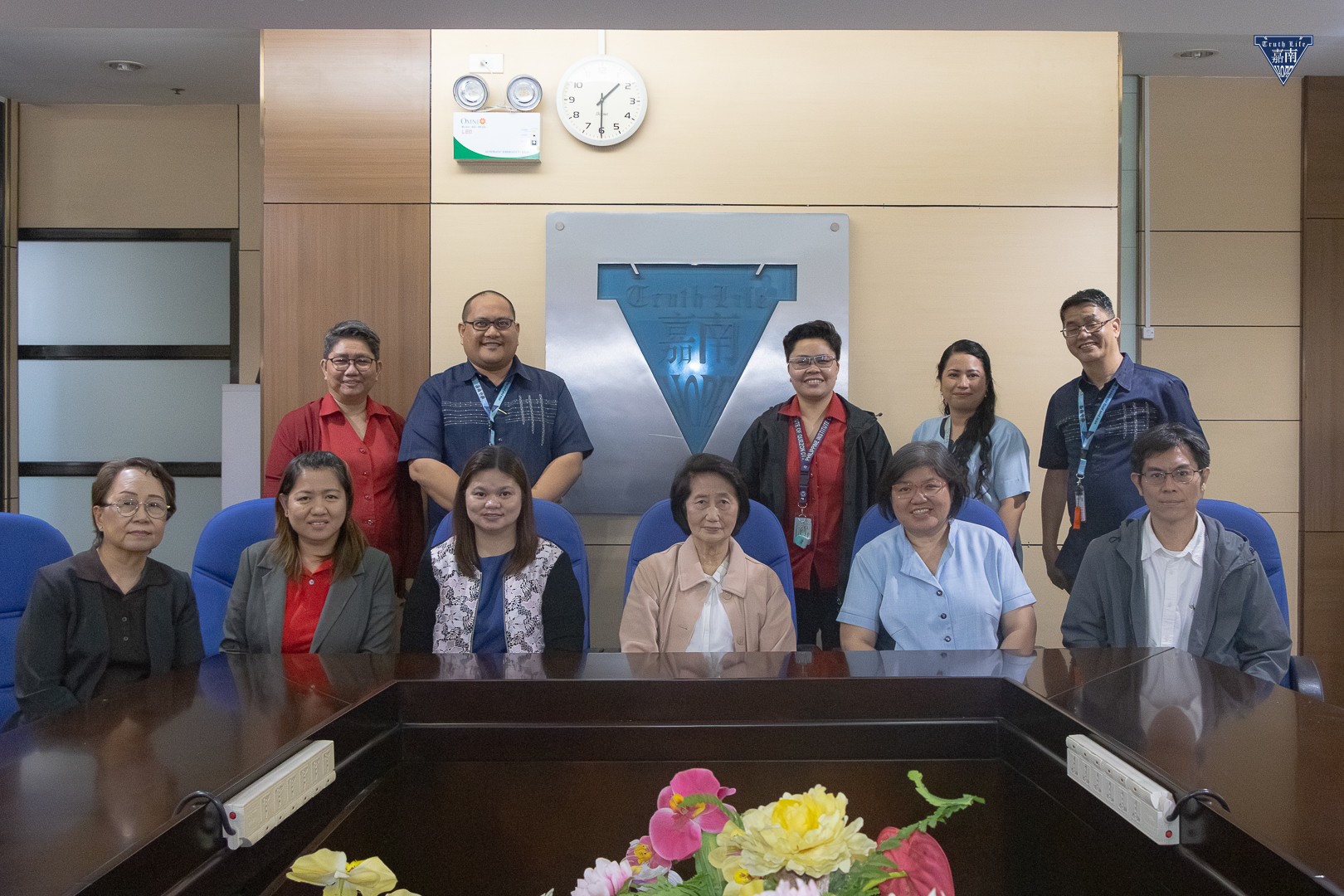
Campus visit of HCHS Board of Trustees and PIQC teachers
At Hope, education transcends blackboards and textbooks. Its updates sync with the changes of time. The school carefully follows ed tech trends like using smart televisions in the classrooms. These smart TVs serve as wall-sized tablets where students can annotate digital worksheets and practice exercises that the entire class can check together. For instance, in Mathematics classes, boardwork has become chalkless. MYP Math Teacher Ms. Rowly Nedic demonstrated this feature during a practice exercise on Graphing Linear Equations in Two Variables with her Year 3 class. Volunteer students plotted the points in the Cartesian plane displayed on the big screen while the rest of the class answered on their iPads.
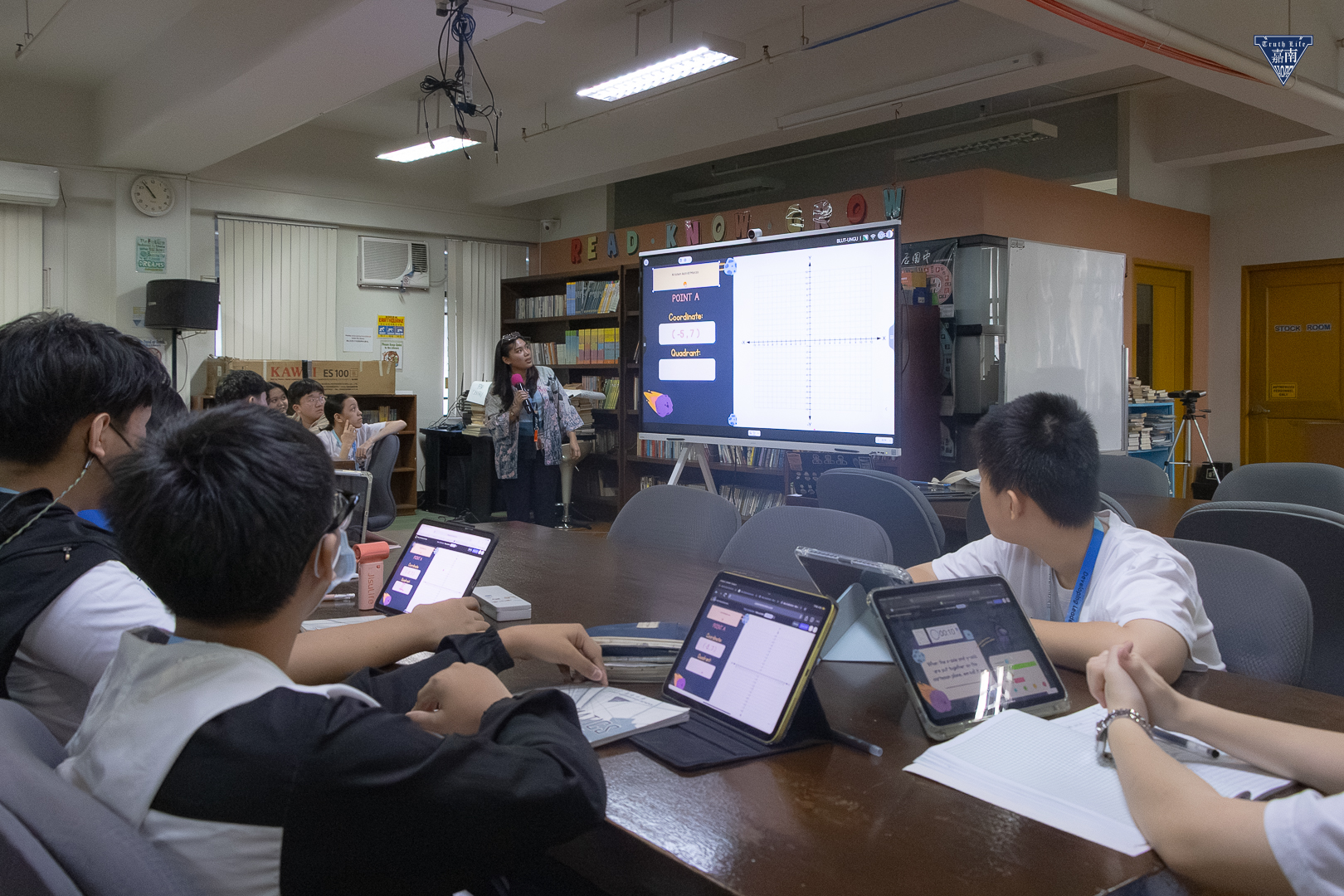
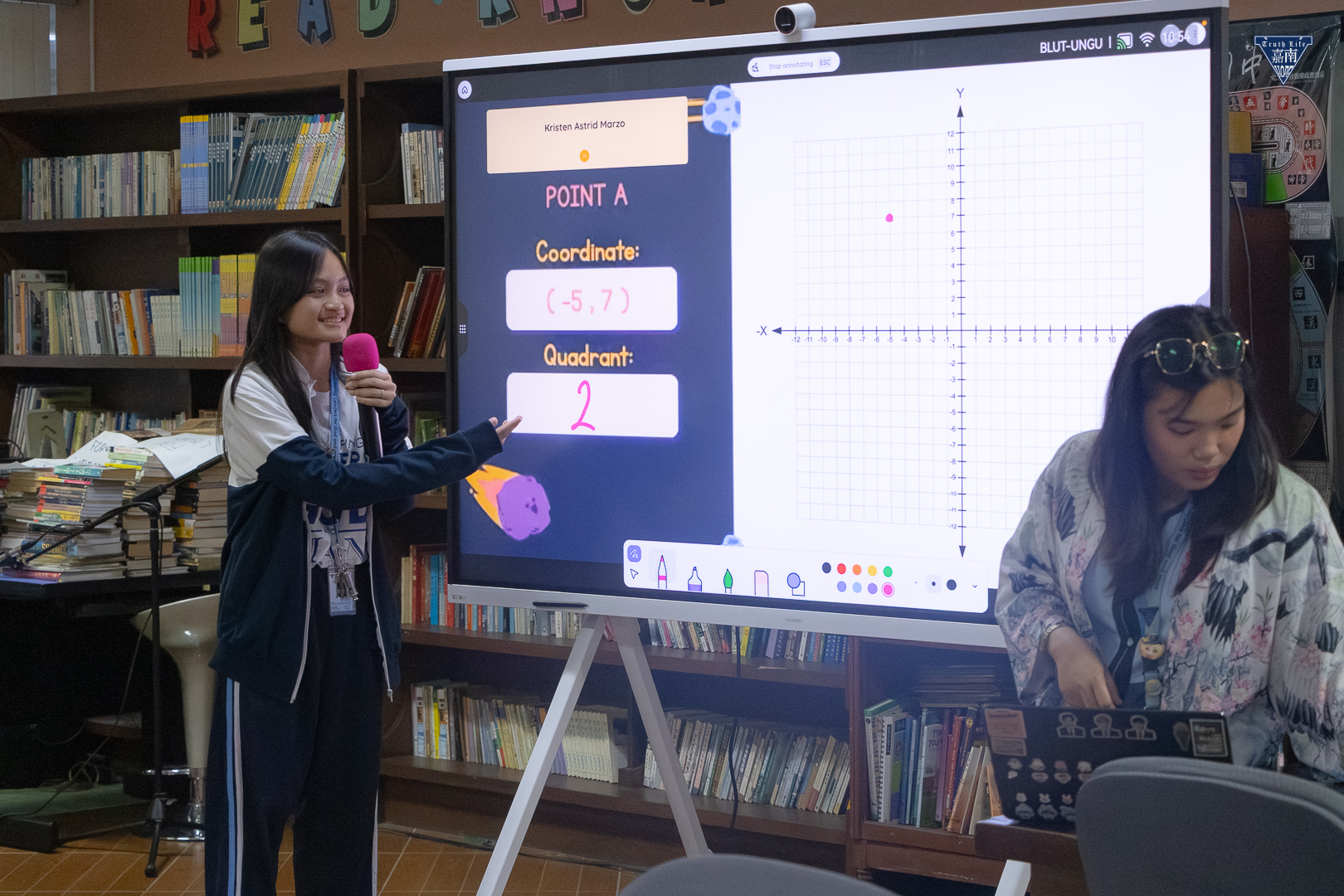
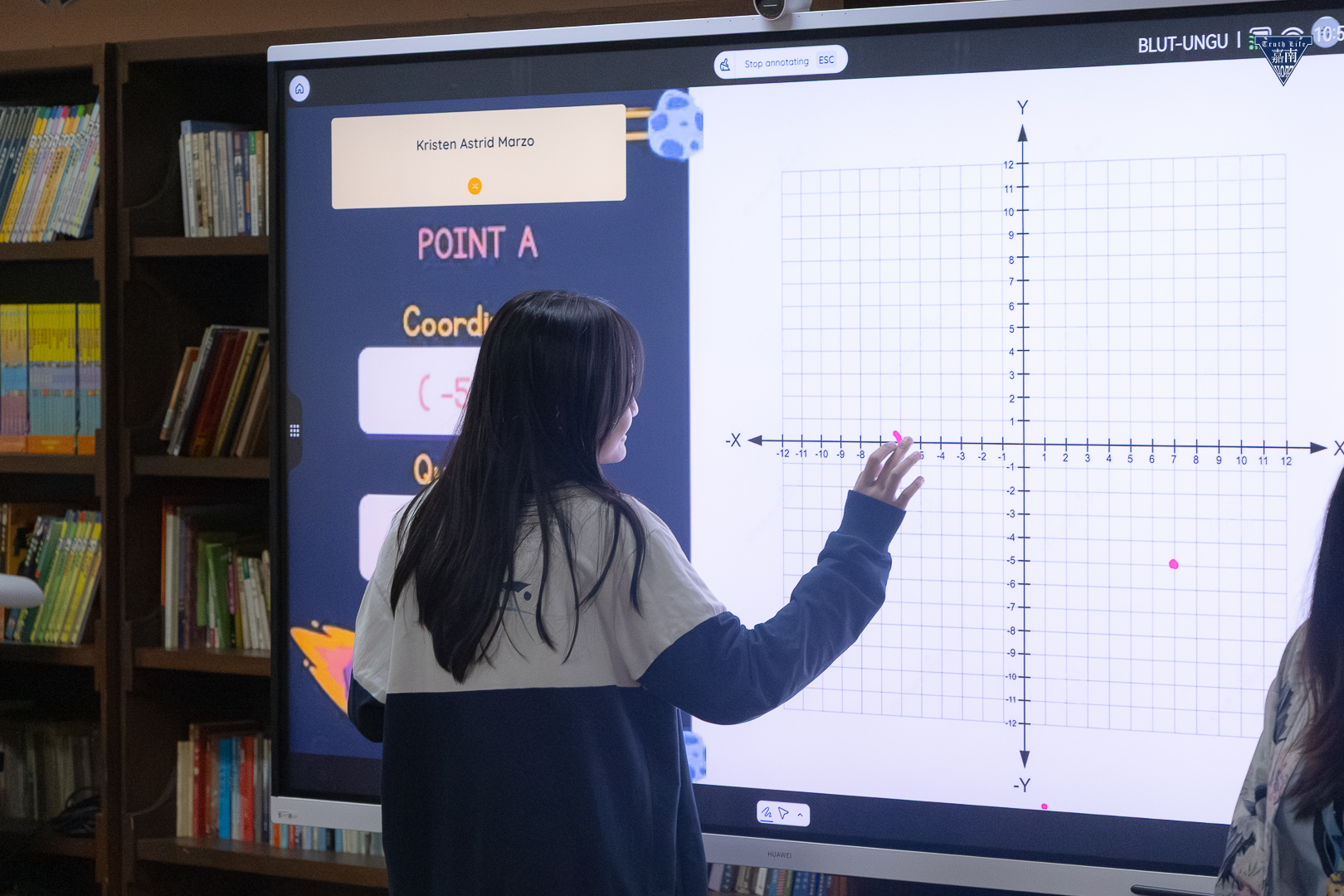
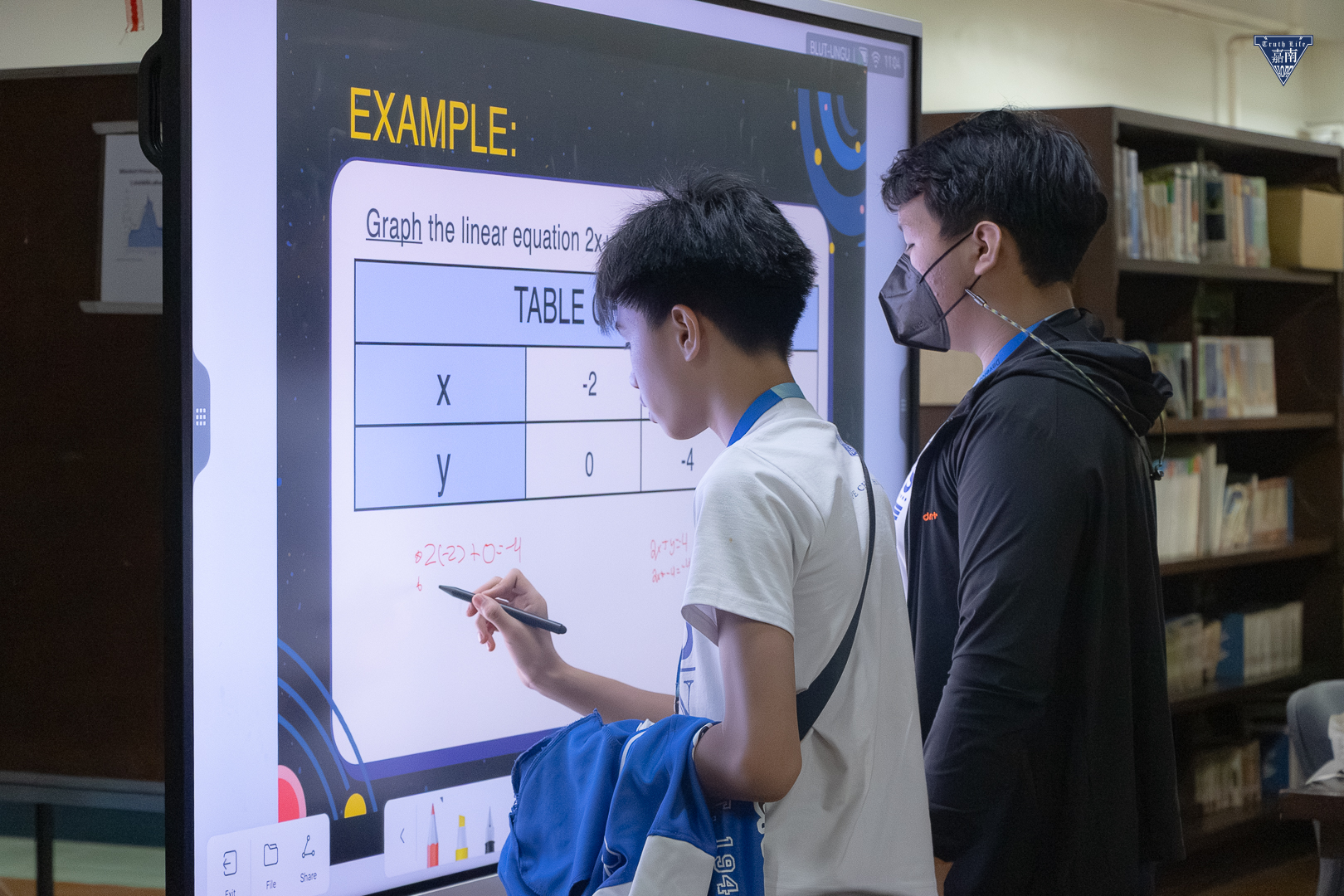
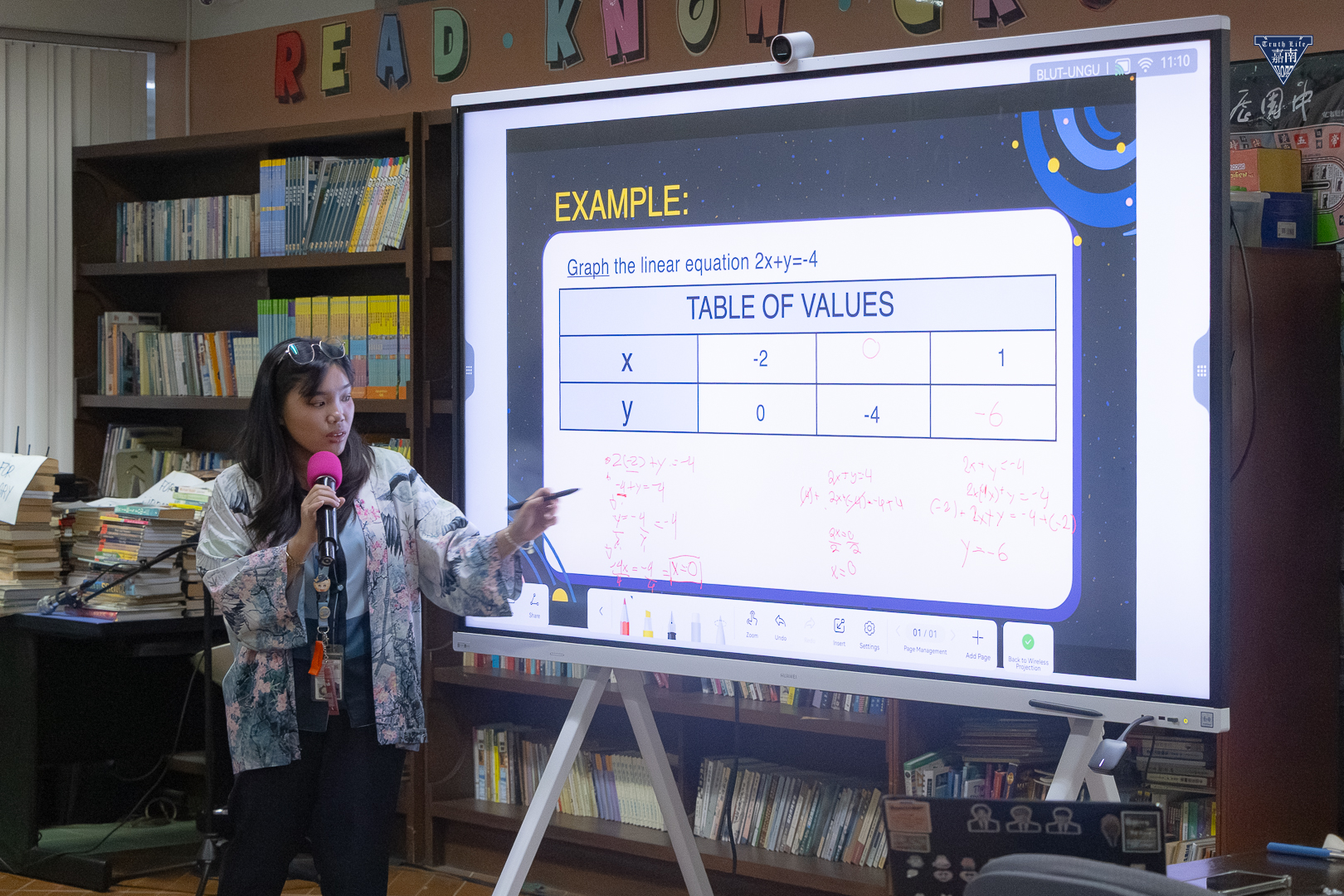
Digital boardwork in a Mathematics class
Hope students and teachers also maximize ed tech applications in classroom activities. Many classes use web gamification platforms to make drills, reviews and quizzes fun. During a demonstration lesson, Ms. Ruth Carsido’s class used Kahoot to review topics on Laws of Exponents. Discipline-specific apps are also utilized to enhance learning. In DP Physics, the Sparkvue app is used to collect and analyze data from mechanical and electronic devices. One student used this app to present energy conservation levels generated by a smart cart device. Meanwhile, MYP Science classes employ PhET Interactive Simulators and Concept Builders to simulate scientific concepts. In Mr. Norman Rios’s class, particularly, the students use these to model topics in potential and kinetic energy. For Individuals and Societies, Google Earth is especially useful. It enables students to visit historical landmarks virtually. In one of their lessons, they used it to view countries and places attacked during World War II.

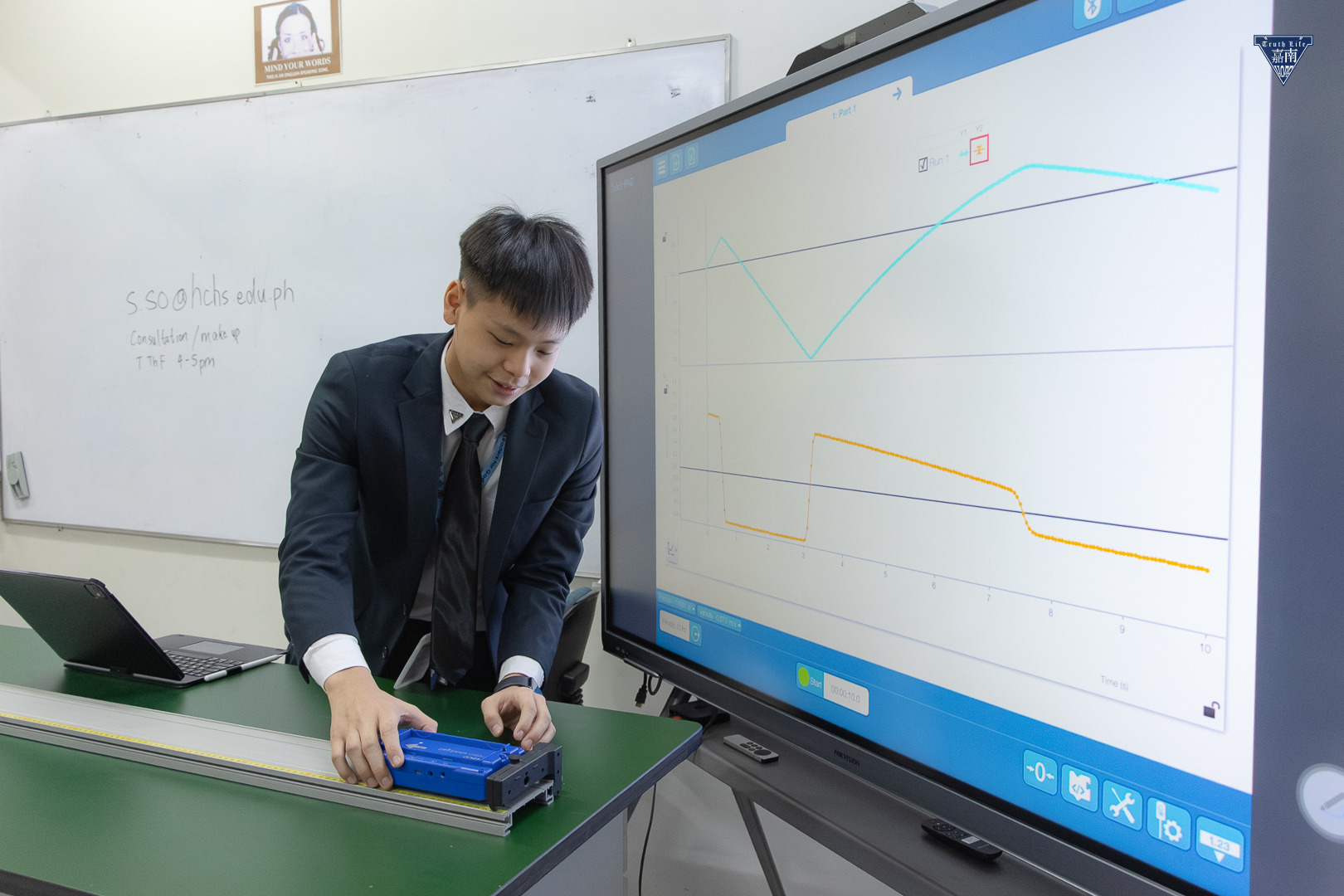

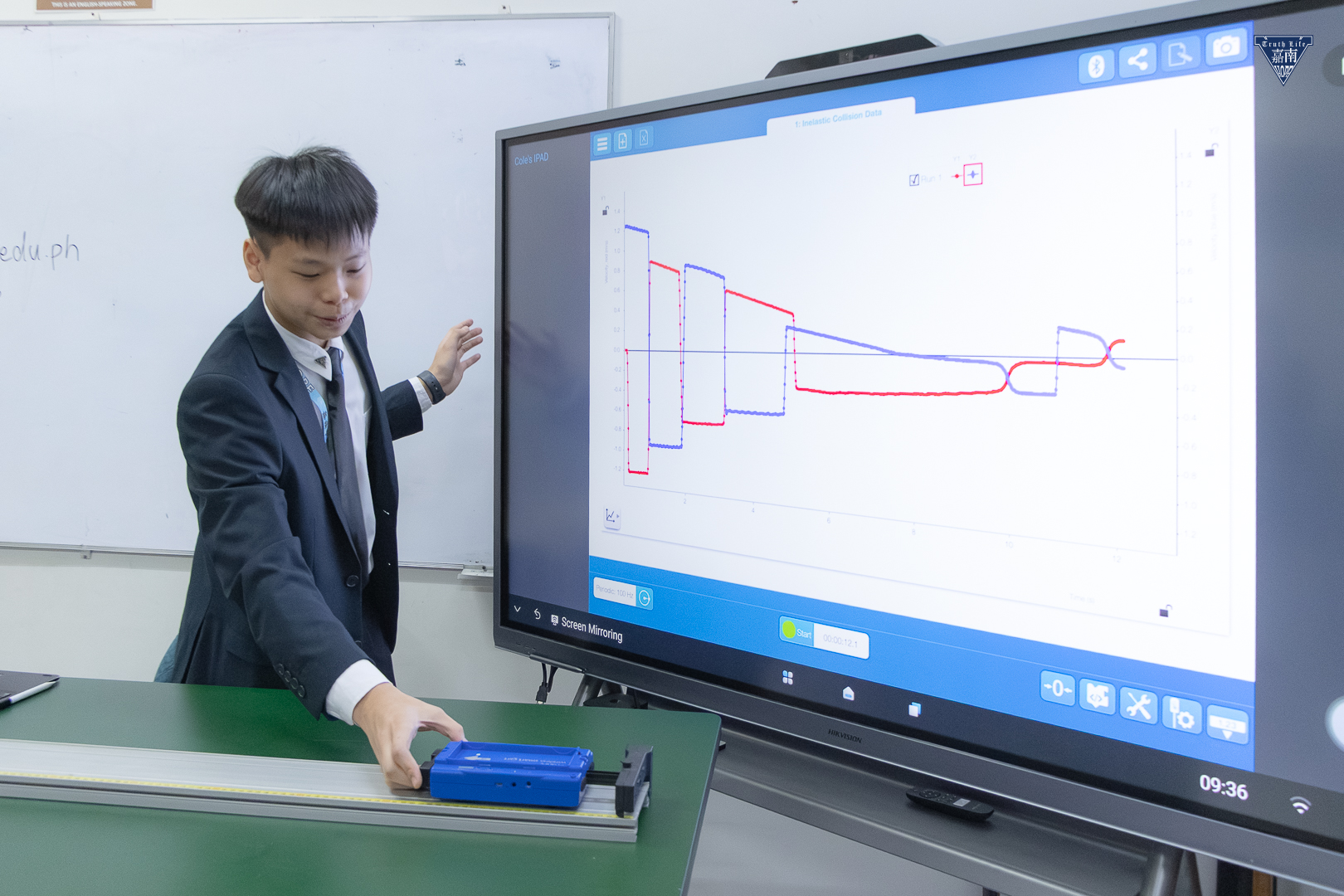
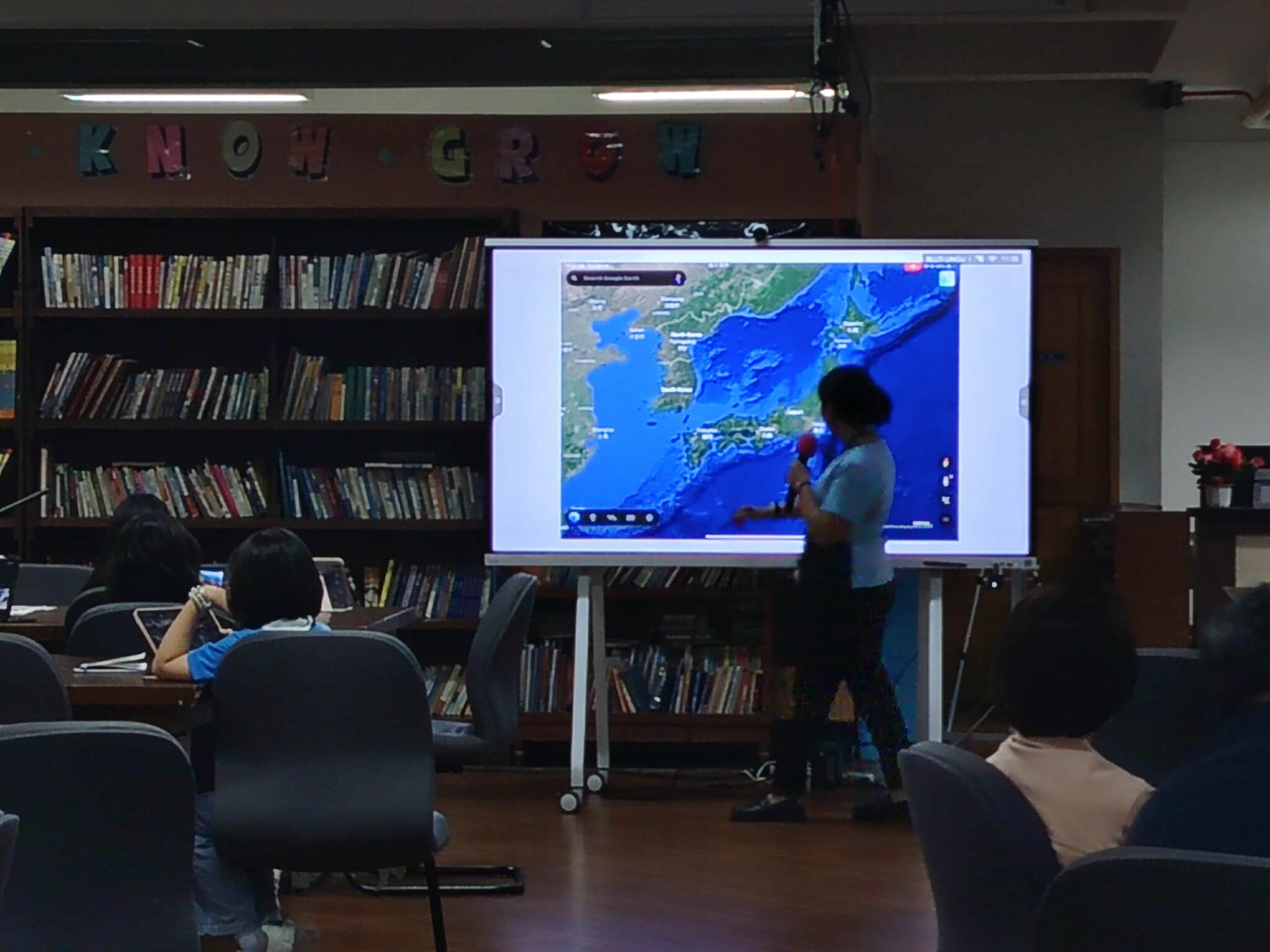
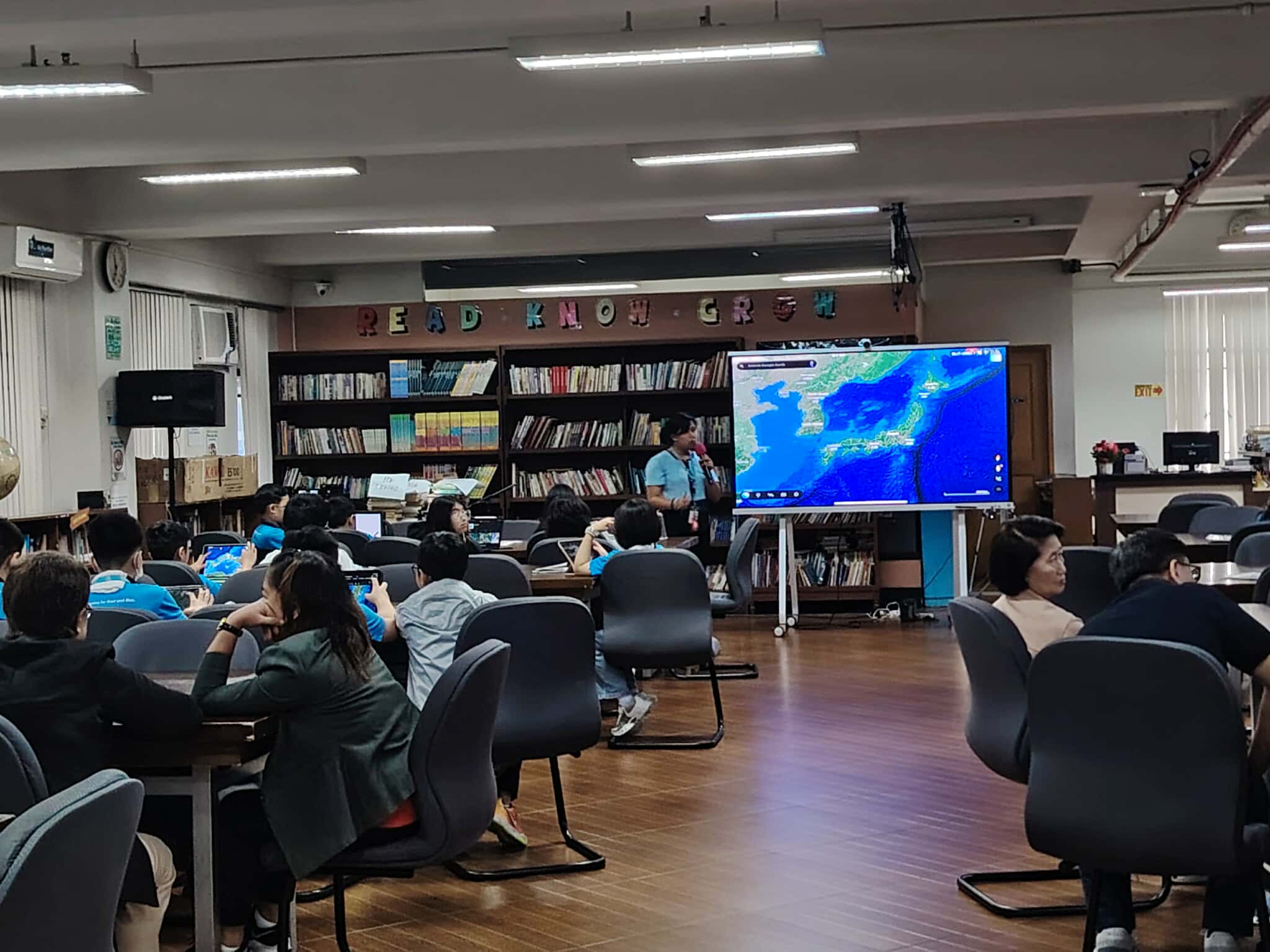


Utilization of educational applications
For language classes like Chinese, English and Filipino, audio-visual equipment enhances instruction. Students learn these languages not just through reading and speaking but also through multimodal strategies. They watch videos, listen and dance to songs; the students are immersed in authentic language materials.
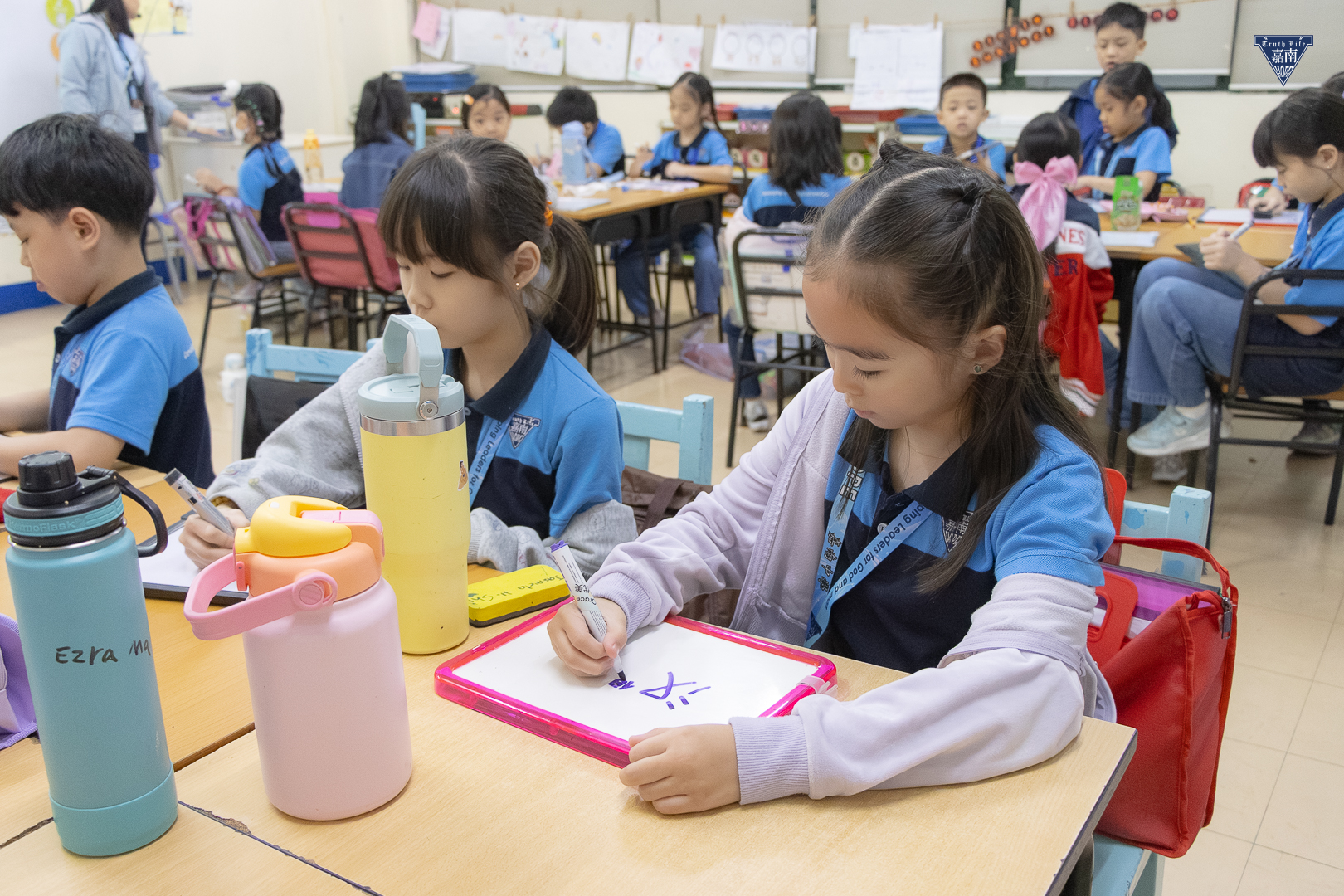
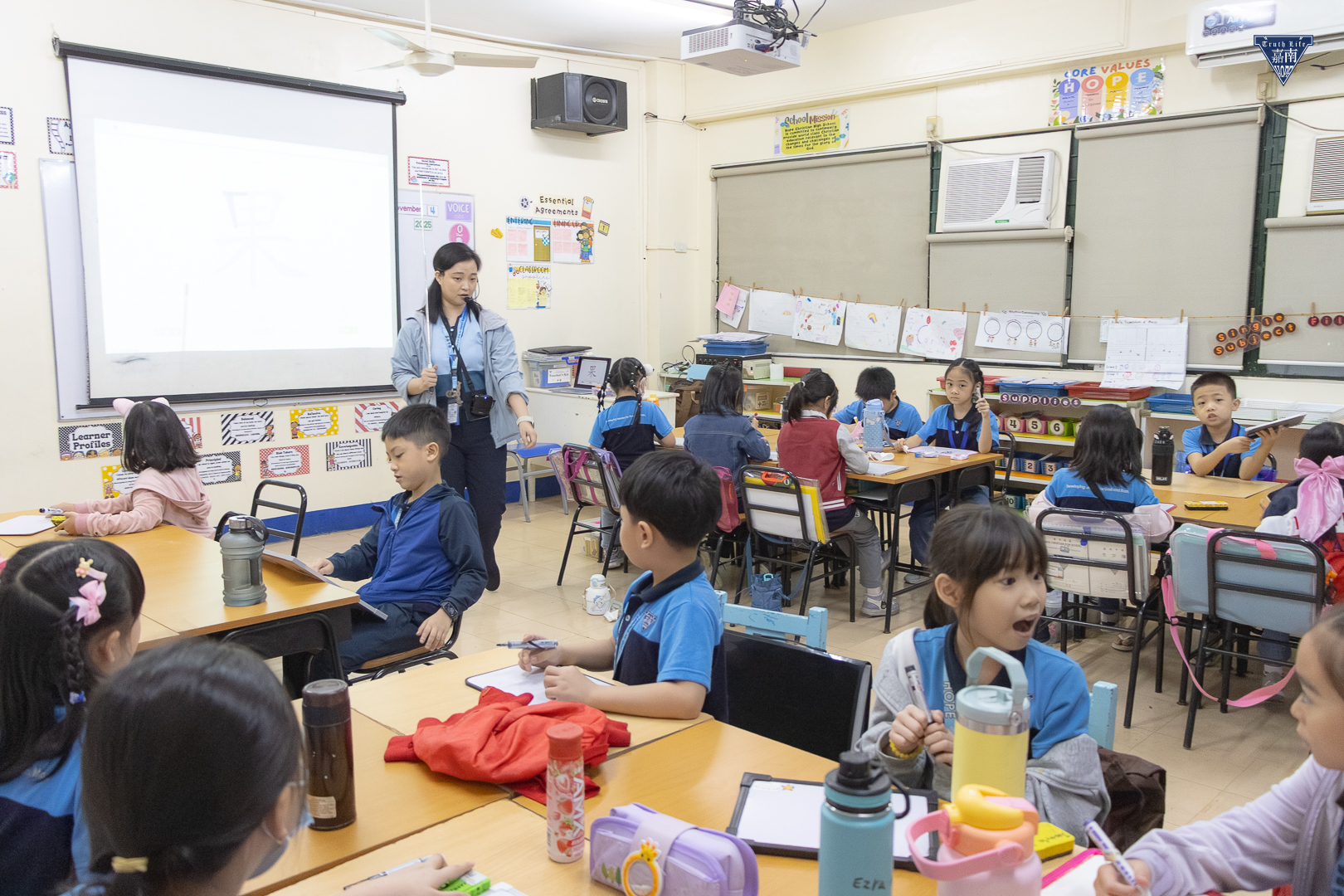
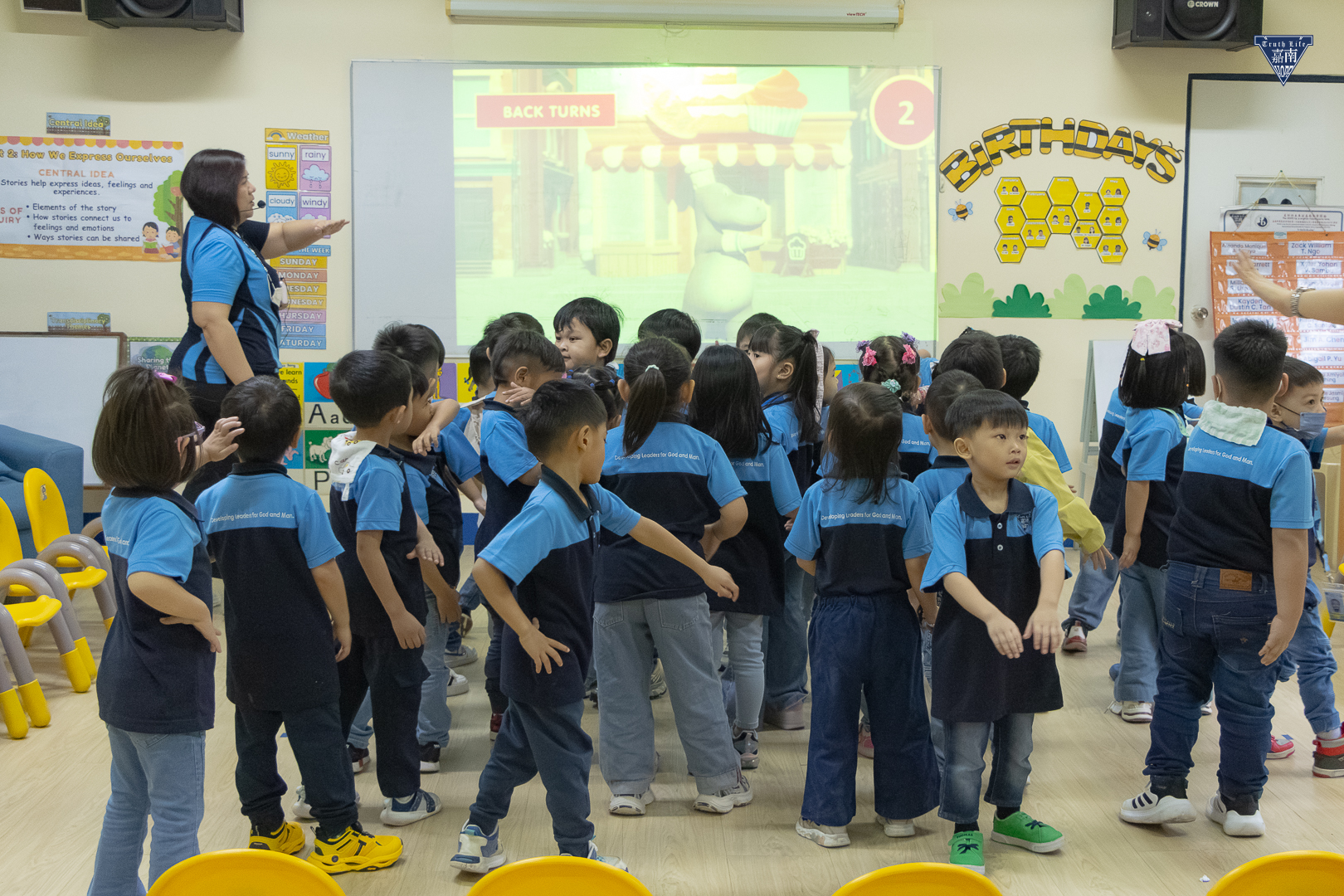


Language classes with multimodal technologies
Technology integration at Hope extends throughout the campus. It can be seen in the facilities as well. Since its launch, Maker Space has become an integral hub for ICT education. The 3D scanners and printers, and programming software it hosts allow students to design prototypes and innovate products. This proved valuable when a concern regarding opening heavy doors arose during the earthquake drill last month. The ICT and Tech-Voc classes produced 3D-printed doorstoppers to address this concern.
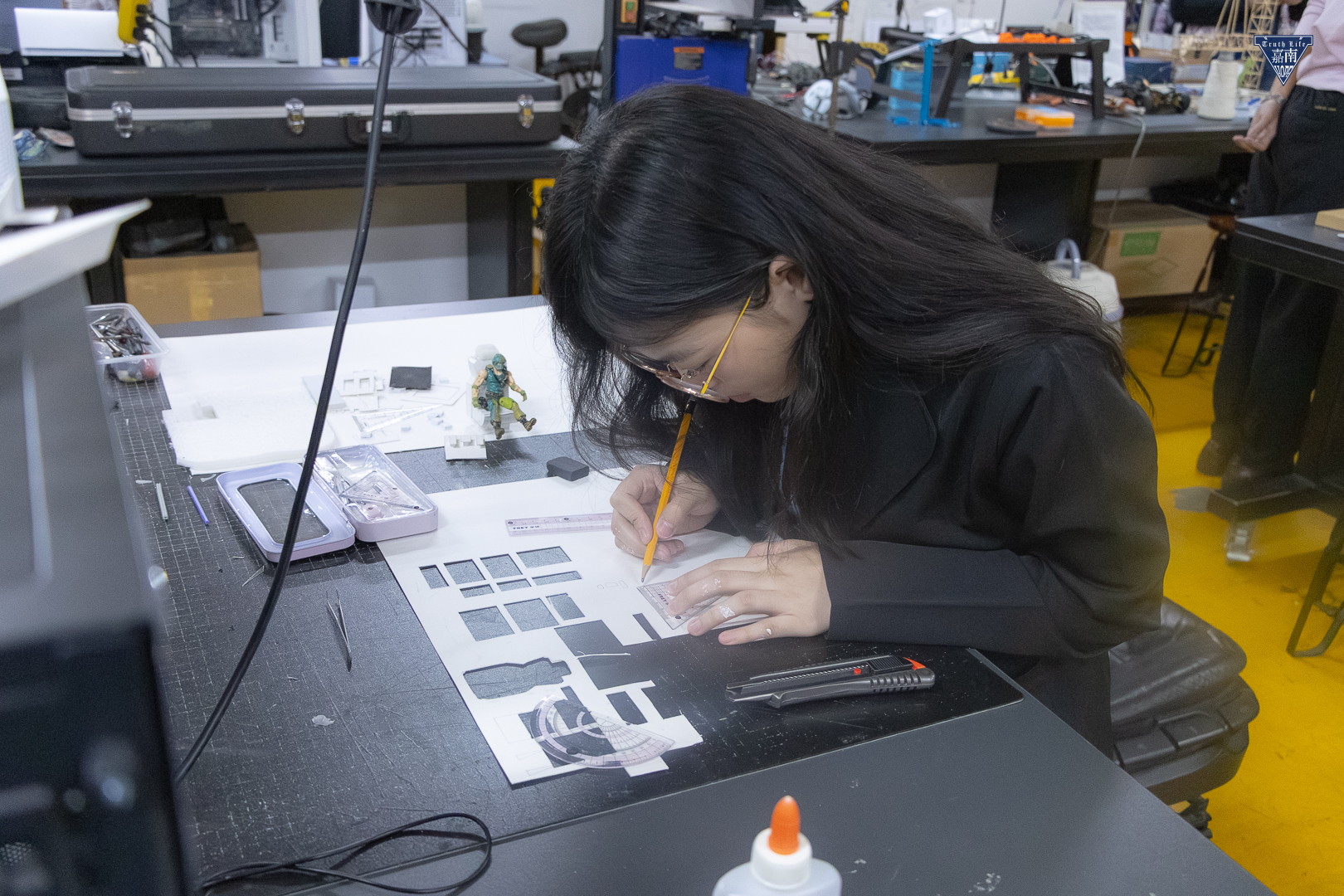
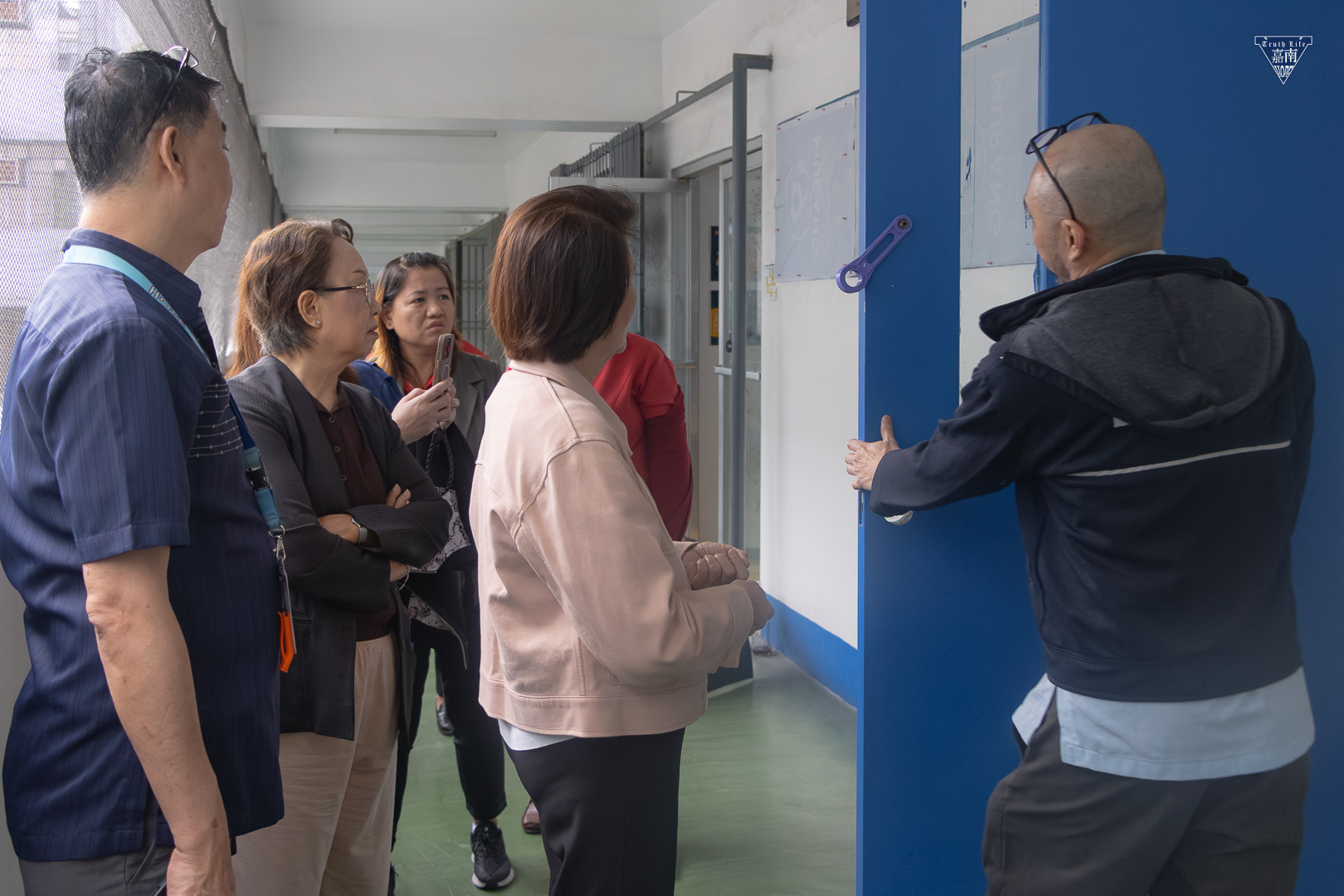
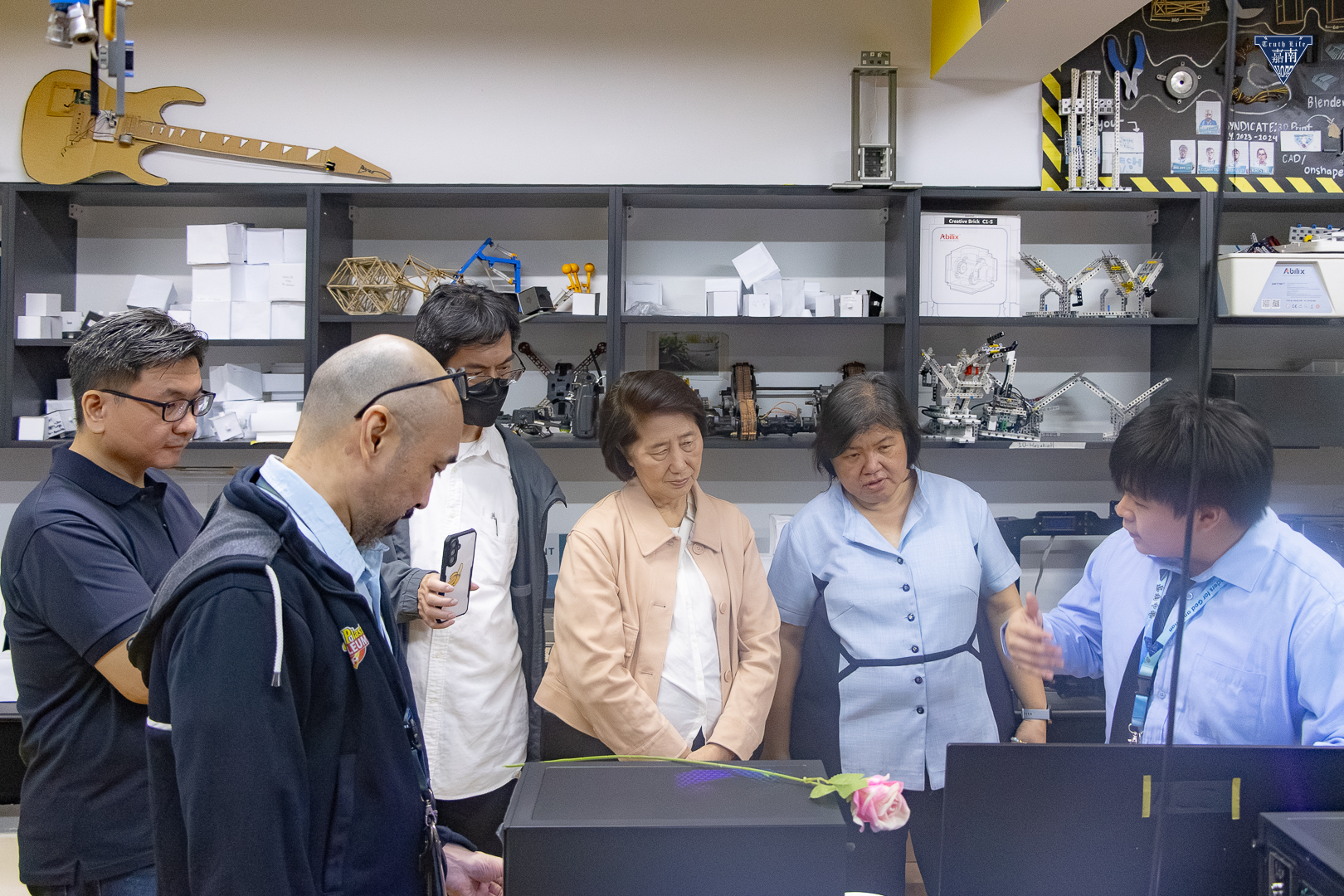


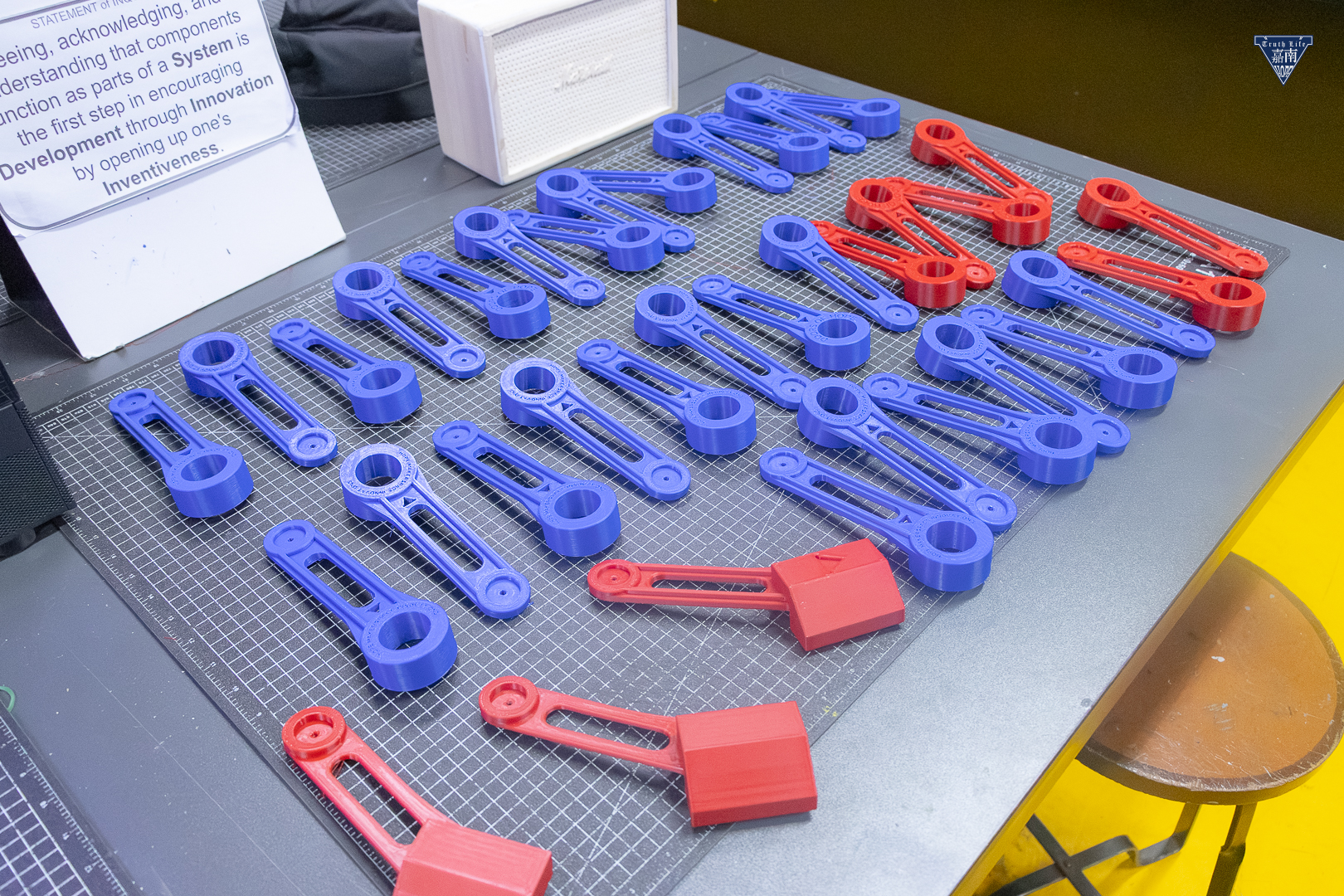
Maker Space
Laboratories like Chemistry, Biology, Physics, TLE, and the Mac Lab also help the students get in the zone of discovery and exploration. Inside these laboratories, the students experiment on various topics like sustainability. Some DP students are currently exploring topics such as water pollutants and bioplastics. These students, along with other Hopeans, can confidently operate the lab equipment and discuss their discoveries. Every session is definitely a STEAM Week presentation with these resources.





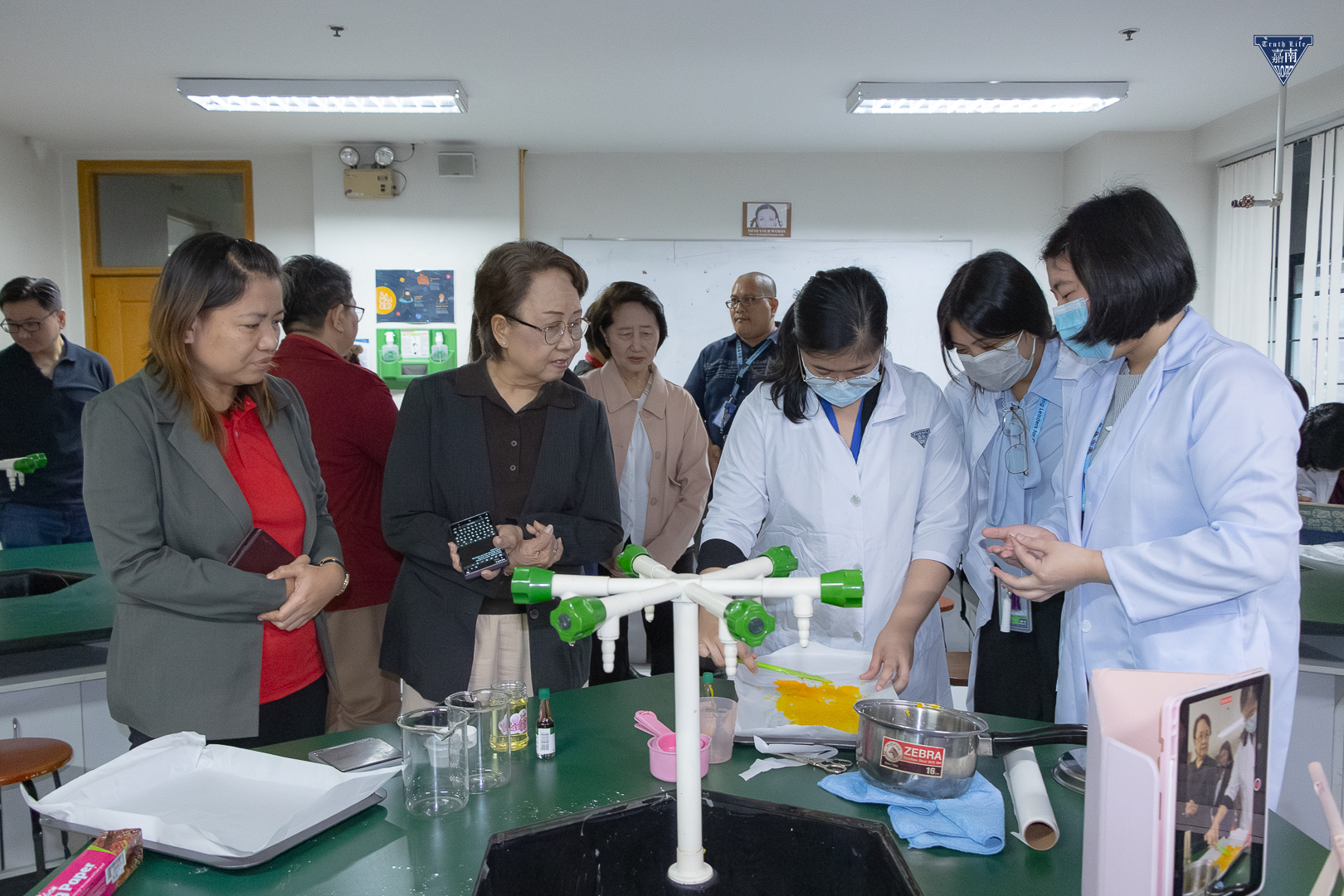
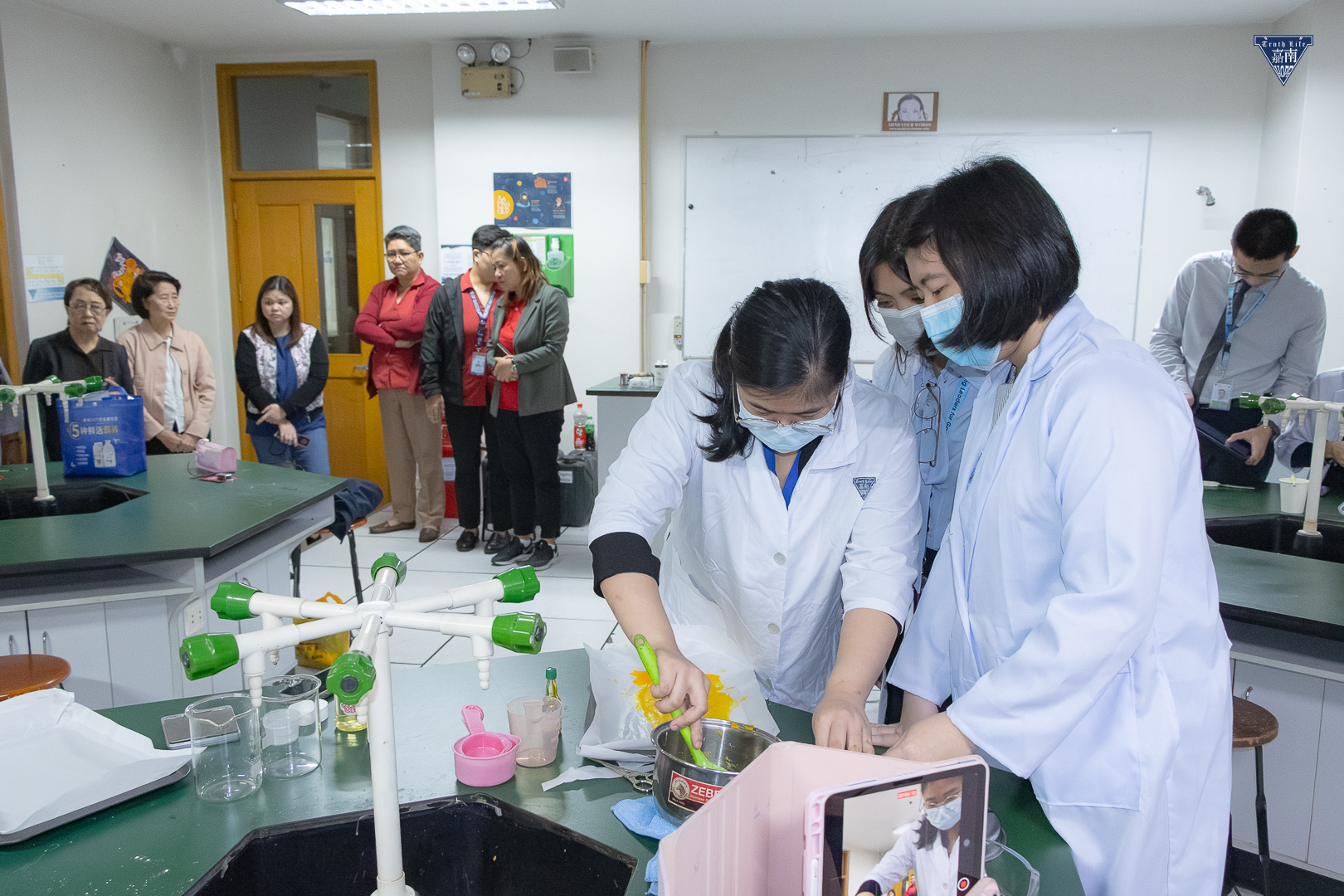

Science Laboratories
For our young learners, tactile and tangible technologies and facilities are a vital aspect of their learning environment. By exploring kid-sized facilities like the playground, playroom, kitchen, garden, library and gymnasium, PYP students can make sense of the world around them. These areas also provide space to practice life skills such as taking care of plants, eating properly, and practicing good hygiene.

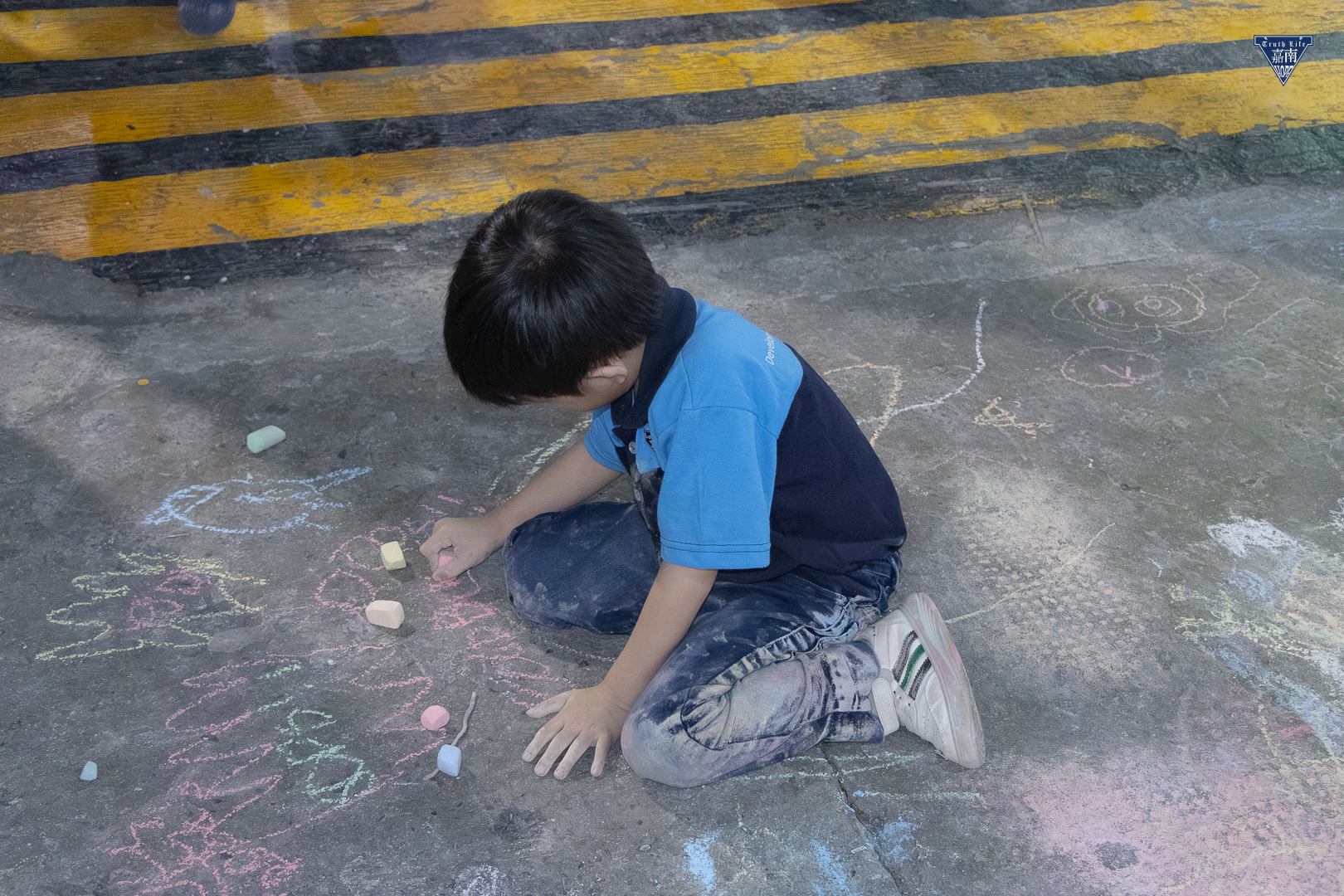

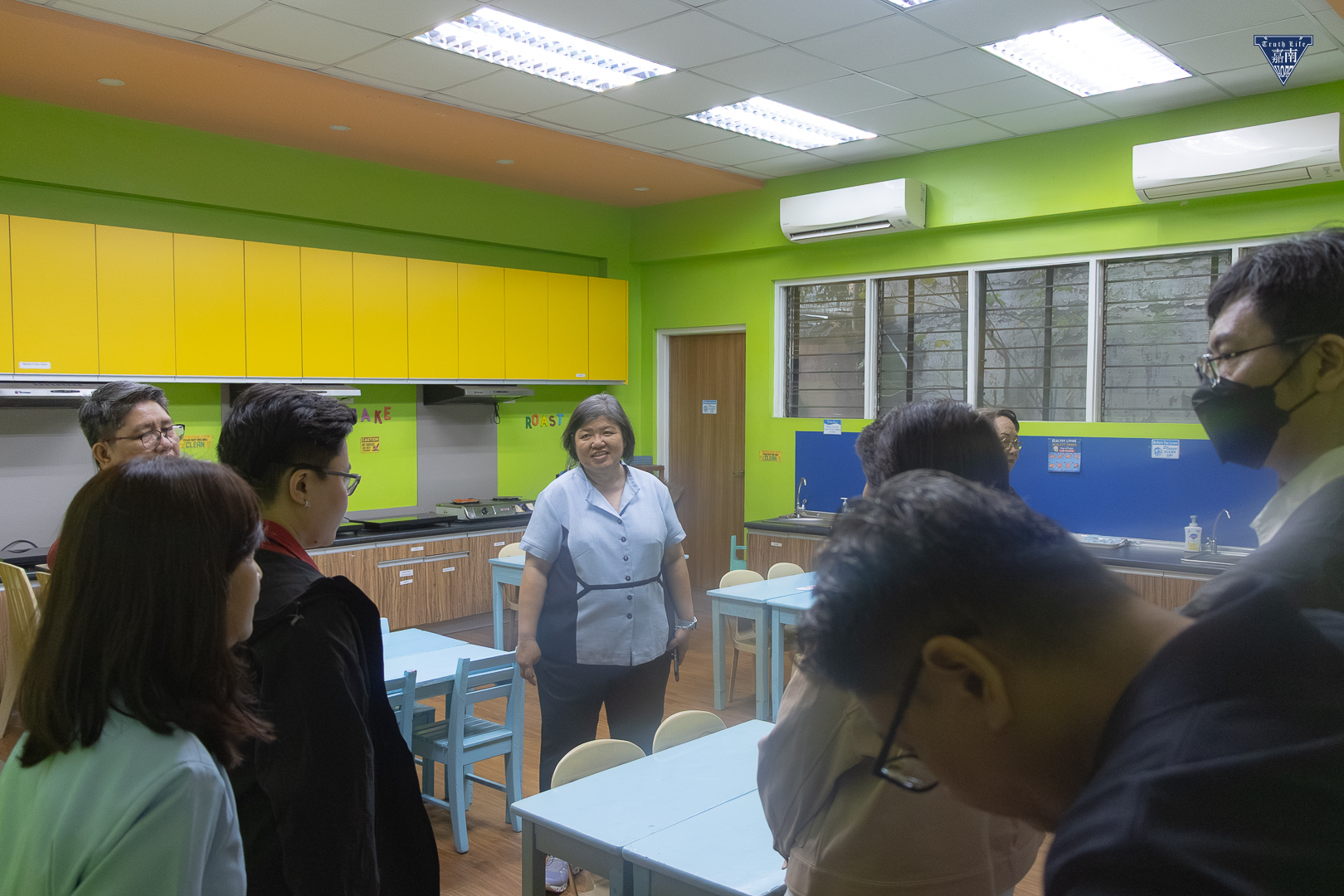



Some PYP Facilities
Staying updated with the latest technologies is important, but fostering open-mindedness and adaptability to such changes is even more crucial. Exposing students to various technologies serves this purpose. Hope Christian High School teaches the students to be brave in trying new methods and testing new tools so they can be confident in using them. In the school’s adoption of the IB framework and inquiry-based learning, this development is especially evident. Students have learned to take initiative in discovering new technologies to access, analyze and present concepts and information. Most of the technologies they use involve integrating games in their presentations, which their fellow students enjoy. In a particular class shown in the photos below, Grade 3 students used 4 Pics and a Word in their presentation about a Social Studies concept. Through this strategy, the students were able to use their critical and creative thinking skills in seeing the connection among the pictures and guessing the words relevant to their lesson.




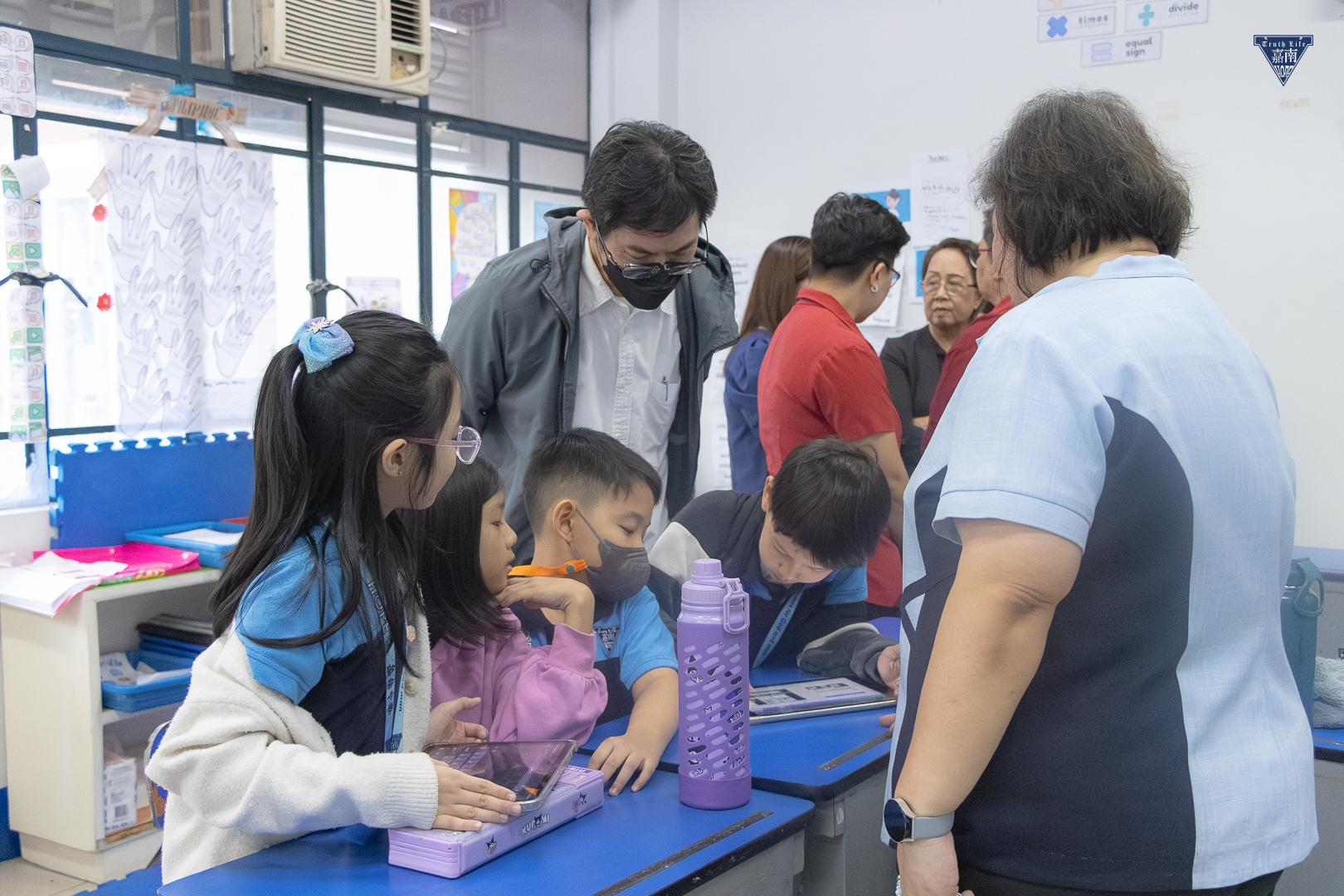
Inquiry-based IB learning at Hope
Beyond technology, students also keep up with evolving techniques. In their art classes, for example, they experiment with a wide range of art media, methods, and styles from traditional to contemporary forms. This ensures fostering human creativity even in an age influenced by artificial intelligence.
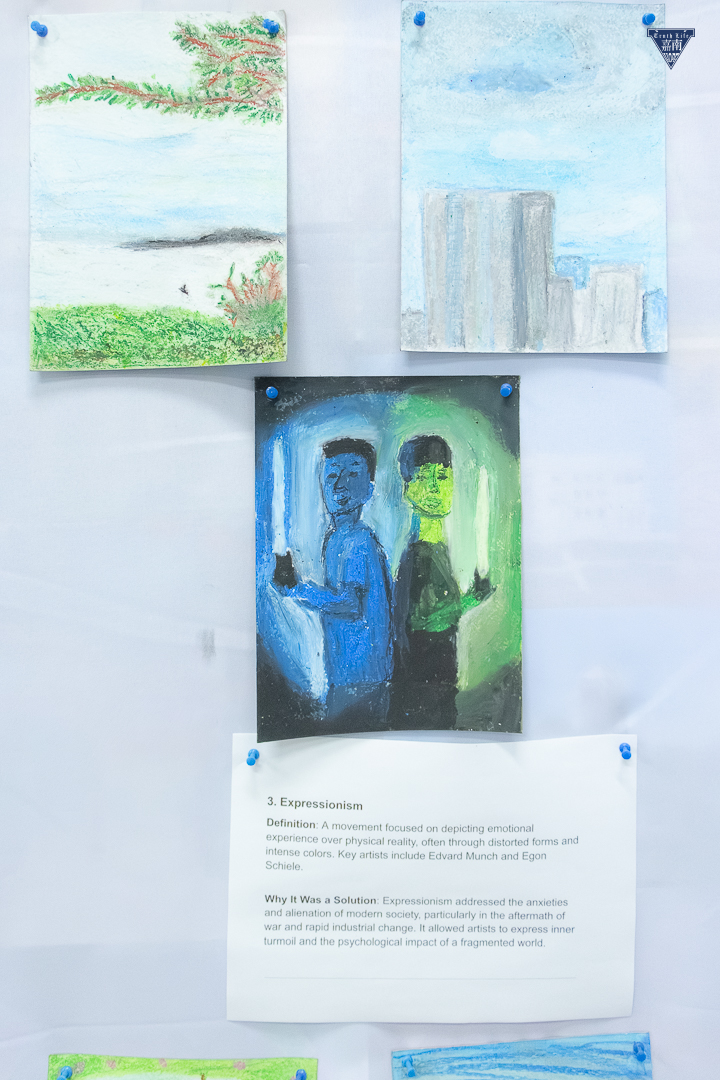
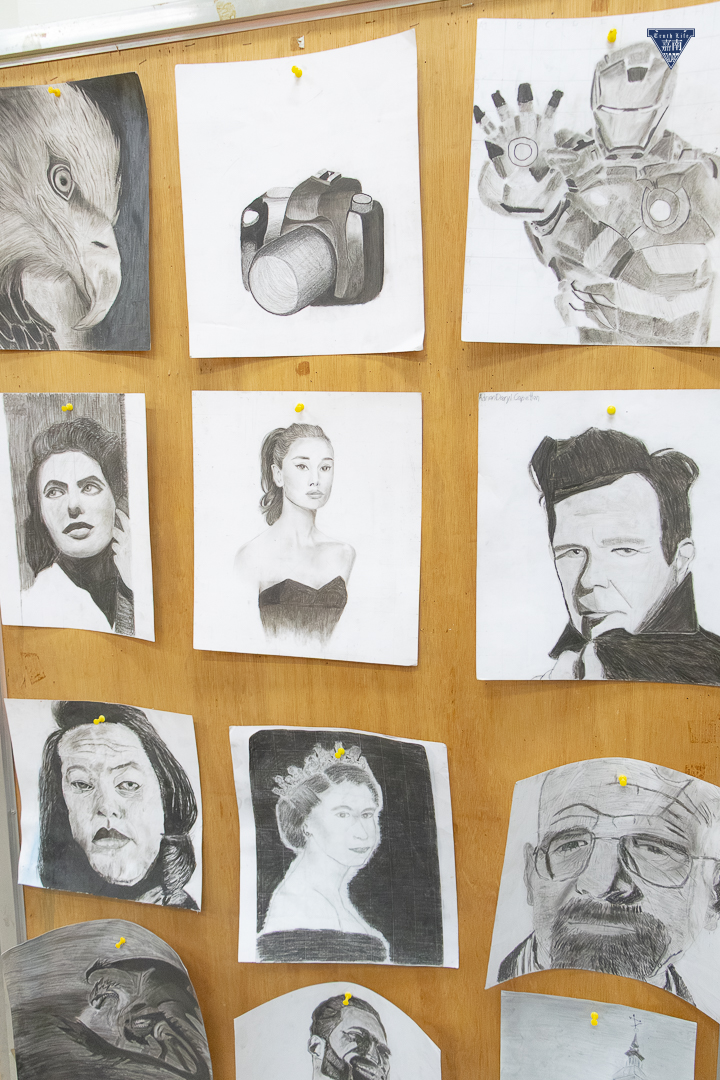


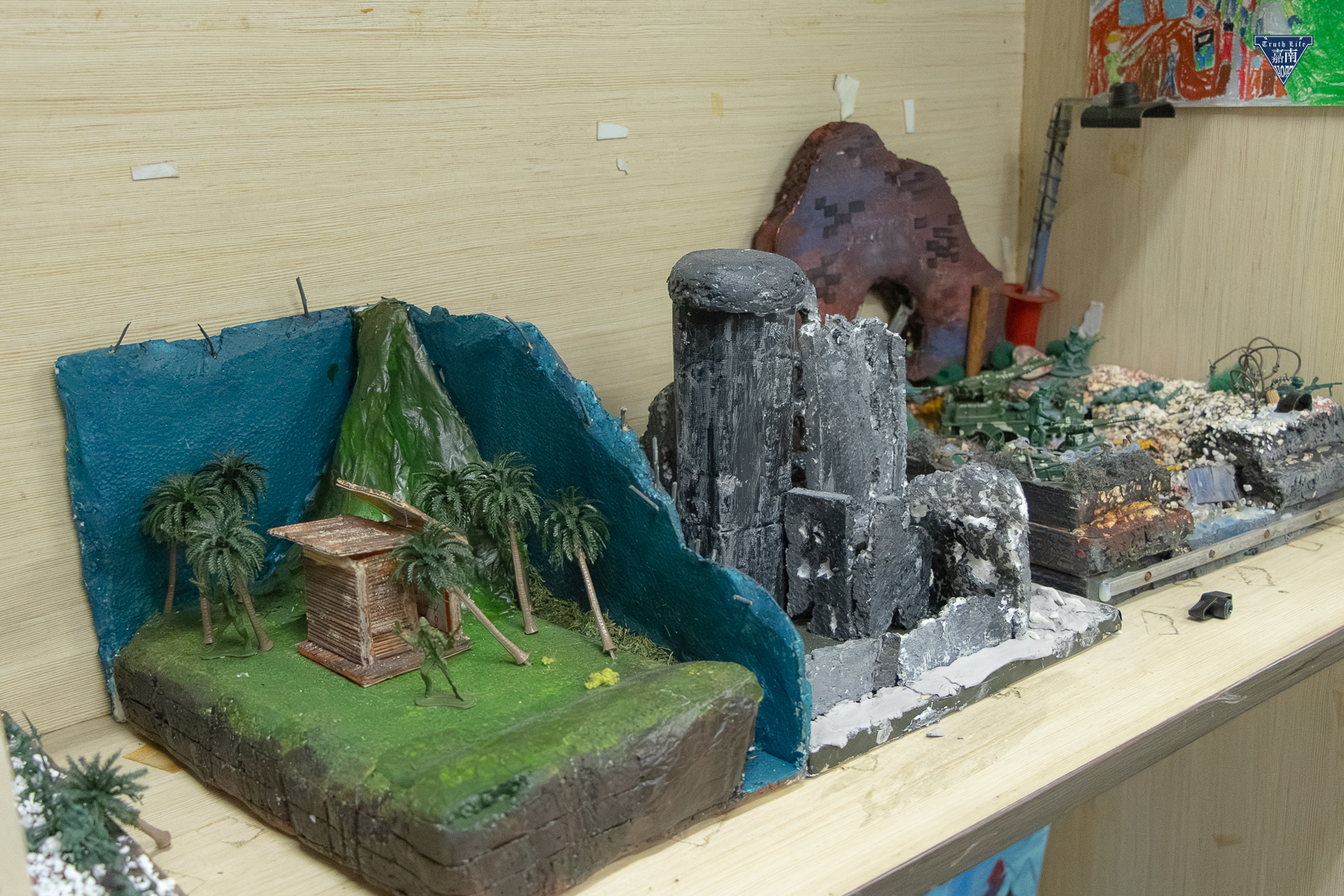
Students’ artworks through different art media, techniques and styles
For almost 79 years, Hope Christian High School has continually strived to be a learning environment where inquiry, creativity, and innovation intersect. It has become a haven for exploring technology. While campus visits and STEAM Week are a good time to showcase this technological progress, ingenuity unfolds at Hope every day.
